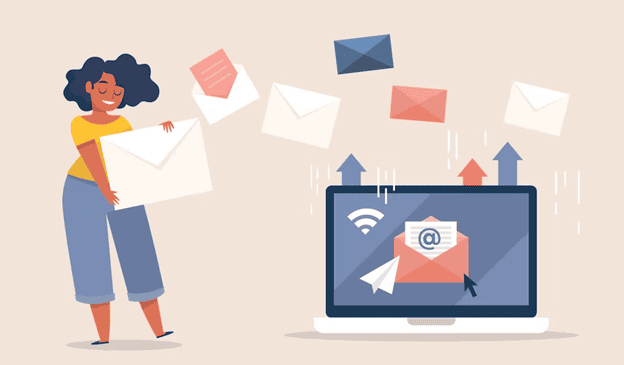Email burst sending is a convenient solution to contact many people. It allows you to automate the preparation of messages, manage contacts, and lead the communication. Earlier, this process required significant human resources, time, and costs.
Modern services offer the same job simplified with convenient templates, contact list moderation, and tools for audience segmentation. It makes them perfect for both small businesses and large companies. Create personalized messages, moderate contact lists, and perform actions for any audience.
Mass email platforms offer a variety of convenient features. Still, there is no magic wand here. To ensure successful email delivery, follow basic recommendations. Ignoring these standards can hurt your sender reputation. Consequently, your emails will not reach the recipients’ inboxes, even if they are pure art.
1. Check Contacts (especially the bought ones)
Prospecting is an exhausting task. There are many resellers of contact databases out there. You may find them on platforms like Linkedin or Facebook.
The cheap options made with well-known services – sound interesting. But do not send them to their lists without checking them. It is not about them doing a job. It is about you not taking risks here. Do not reach all the contacts because they may be:
- irrelevant to your goal
- no longer work
- low quality
Run email validation service, find websites, and do some prospecting yourself. Thus, you will be sure your emails will not return or go to spam folders.
2. Make contact list segmentation
Imagine you have previously contacted all of the emails you have. You might have been launching some campaigns or had employees working on them. You want to start a new campaign but reach the same recipients. But before you go, do segmentations.
For example, filter after the contacts you worked with earlier or acceptable conditions. Use filters to find people who got back from their vacations and reach them. Decline those who did not do their part of the agreements. All of those recipients require different conversations. You may also segment according to the topics, time zones, etc. Good CRM gives all the advanced options.
3. Send burst emails in bundles at intervals
You write emails and are creative at it but do not get desirable feedback? Some technical jobs may be in charge, as it makes the difference here. It is preferable to make email sending look like you send emails by hand. It can be with ten emails per hour, but not 500. No one can do it.
Instead of sending all the emails in one bulk, split the list. You would spend more time and attention on recipients’ data. However, you will get replies. Sending messages in parts decreases the possibility for ISPs to mark your email box as spam. Also, this move simplifies the segmentation task as you consider different data sets of your recipients.
4. Personalization email templates
Use different variables and placeholders in your templates. Get them to substitute relevant names, positions, or locations. You may even make references to your previous communication with a recipient. It is a simple yet effective move when reaching people.
When creating email templates, work on the original message (what you want to say) and the personalization. It gives a personal touch. You will get increased engagement and a better click-through rate.
Overall: rely on your email service practices
The standards for segmentation and communication may change and develop over time. There are millions of ways to perform those tasks. It depends on your goal, recipients, and creativity. Also, new services and tools arise. However, when it comes to technical aspects, follow the recommendations of your email services. Rely on them to avoid a spam folder and worsened reputation.







